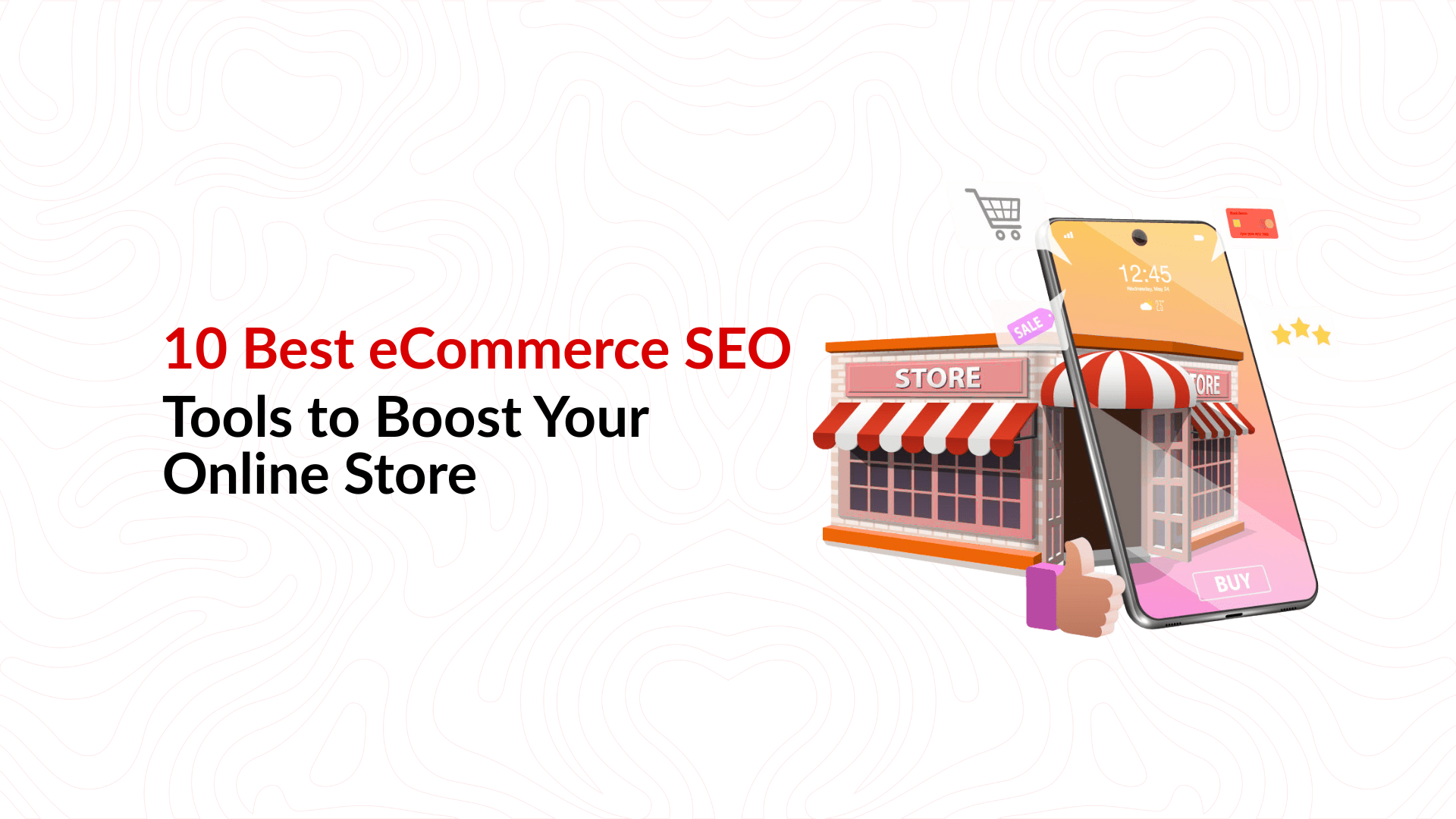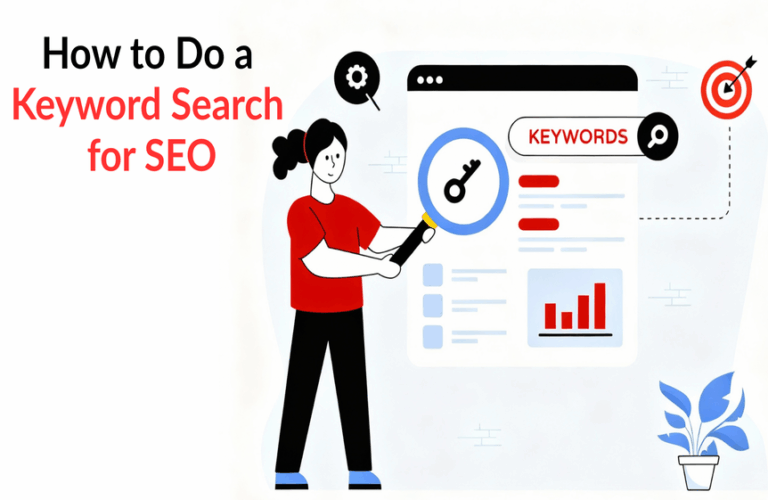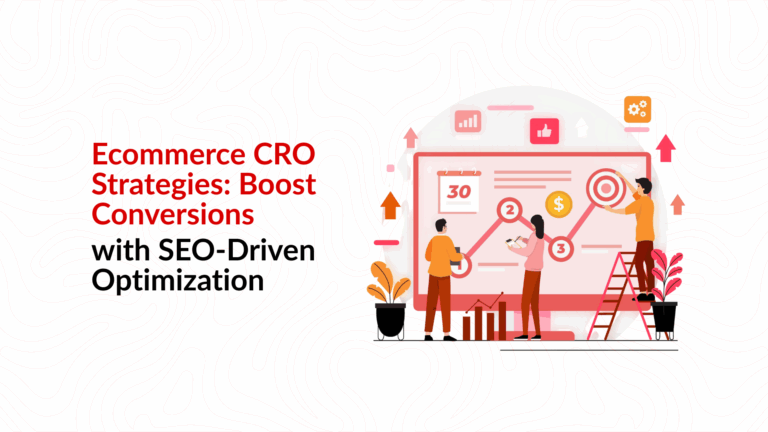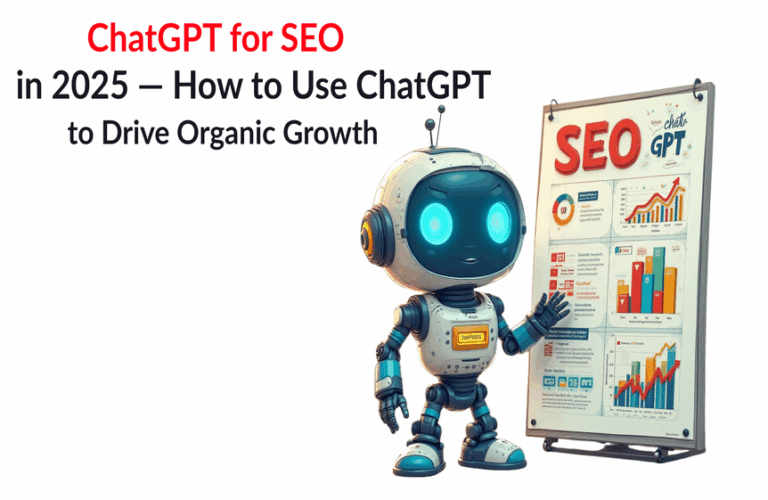10 Best eCommerce SEO Tools to Boost Your Online Store
eCommerce shifts by the hour: a new colourway lands, a size curve sells out, filters misbehave after a theme update, and a competitor ships a quiet redesign on Sunday night. In that swirl, online store SEO is the steady flywheel—it keeps bringing shoppers who are already searching for what you sell. Treat it like a weekly habit, not a rescue plan, and ecommerce SEO turns into steady traffic, healthier funnels, and sales that don’t swing with ad costs.
The practical snag is scope. Real SEO software for ecommerce must handle thousands of URLs, faceted navigation, canonical rules, product schema, and page speed on actual phones. The right ecommerce SEO tools make the mess manageable: they reveal what searchers want, surface what’s broken, and show whether fixes moved the needle. This guide shares a curated stack, a simple ecommerce SEO checklist, and ways to link tools to outcomes. Tie it all back to your broader ecommerce SEO strategy, and you’ll spend more time shipping fixes and less time staring at dashboards.
What Makes a Good eCommerce SEO Tool?
A great tool shrinks the gap between “we noticed” and “we shipped.” That’s how to judge the best SEO tools for ecommerce websites—not by feature count, but by how quickly they help you fix the right thing.
- Retail-fit coverage. Category and PDP keyword research, a crawler for technical health, rank tracking, on-page guidance, and competitor intel you can act on—basics for modern product SEO optimization tools.
- Platform fit. Shopify, WooCommerce, BigCommerce—and clean GSC/GA4 hooks so SEO for online retail doesn’t turn into CSV babysitting.
- Automation at scale. Scheduled crawls, alerts, templated titles/meta/schema, bulk exports, and redirect guardrails—hallmarks of reliable ecommerce SEO audit tools.
- Speed & indexability impact. Clear flags for LCP/INP/CLS, crawl traps, pagination/canonical issues, and insights that help more pages get discovered.
- Usability. Dashboards your merchandiser and copywriter can follow without a 30-minute walkthrough.
- Headroom. A workflow that works at 200 SKUs and still hums at 200k.
10 Best eCommerce SEO Tools to Boost Your Online Store
Below is a pragmatic short list of top SEO tools for ecommerce. Pick a few things to align with your budget. Most slots seamlessly integrate with common e-commerce SEO platforms and work well with Shopify/WooCommerce.
1) Ahrefs
What it does: Deep research for keywords, links, and content gaps—perfect when online store SEO relies on category expansion or editorial hubs.
Shines at: Site Explorer, Keywords Explorer, Content Gap, Rank Tracker, Site Audit.
eCommerce win: Finds long-tail variants (size/material/color), unlinked brand mentions, and who links to rival category pages. A staple am—the best ecommerce SEO tools for competitive research.
2) Semrush
What it does: All-in-one suite with strong competitive intel and an App Center rich in ecommerce helpers. It is great for SEO tools for ecommerce growth with exec-friendly reporting.
Shines at: Domain & keyword analytics, site audit, topic research, backlinks, and position tracking.
eCommerce win: One login for research, auditing, and stakeholder dashboards—clean cross-team visibility.
3) Screaming Frog SEO Spider
What it does: The desktop crawler technical SEOs live in; it’s the microscope for dense catalogs and migrations.
Shines at: Massive crawls, XML sitemaps, canonical/pagination checks, JS rendering, GA/GSC connectors, custom extraction.
eCommerce win: Surfaces thin/duplicate PDPs, orphaned products, broken links, and template bugs across thousands of URLs—pure ecommerce SEO audit tools value.
4) Google Search Console (GSC)
What it does: Your direct line to how Google sees the site. Non-negotiable for any ecommerce SEO strategy.
Shines at: Performance (queries/pages/CTR), Coverage/Indexing, Sitemaps, Enhancements (products/breadcrumbs), URL Inspection.
eCommerce win: Confirms what’s ranking, what’s missing, and which rich results you qualify for.
5) Yoast SEO (with WooCommerce SEO)
What it does: On WordPress, Yoast keeps titles/meta/schema tidy; the WooCommerce add-on sharpens product markup and SERP previews.
Shines at: Title/meta templates, internal link suggestions, redirects (Premium), enhanced product schema.
eCommerce win: Repeatable guardrails so SEO for product pages doesn’t drift; lock in PDP title patterns and schema defaults.
6) Ubersuggest
What it does: Budget-friendly keyword ideas and light auditing—an easy starter for small business ecommerce SEO.
Shines at: Keyword ideas, site audit, basic backlinks, and rank tracking.
eCommerce win: Quick demand sense without a learning curve; ideal for founders doing their own research.
7) Surfer SEO
What it does: On-page optimizer that aligns copy with what already ranks—great for category hubs and buying guides within SEO for product pages.
Shines at: Content Editor (NLP), SERP Analyzer, and brief generation.
eCommerce win: Turns generic category text into intent-matching copy with PAA questions folded in naturally.
8) PageSpeed Insights (PSI)
What it does: Core Web Vitals for real users and lab tests—critical among ecommerce marketing tools because speed affects rankings and conversion.
Shines at: CrUX field data, Lighthouse lab data, prioritized LCP/INP/CLS fixes.
eCommerce win: Faster PLPs/PDPs reduce pogo-sticking and smooth the browse-to-cart flow.
9) Moz Pro
What it does: Approachable suite with clear reporting and strong education—easy ecommerce SEO platforms on-ramp.
Shines at: Campaigns, Site Crawl, Keyword Explorer, Link Explorer, and rank tracking.
eCommerce win: Clean, non-intimidating UI for cross-functional teams and clients.
10) Keywords Everywhere
What it does: Browser extension overlaying search volume/CPC/competition on the SERP—speedy ecommerce keyword tracking during ideation.
Shines at: On-SERP metrics, bulk analysis, “People also search for” prompts.
eCommerce win: Faster title and facet ideas while you browse; GBrowsing with inner teams working inside Google as much as inside a tool.
How to Choose the Right SEO Tool for Your Store
Start with the outcome you want in the next 90 days. Non-brand growth? Faster indexing for new SKUs? Lifting category CTR? When you choose by outcome, choosing ecommerce SEO tools becomes obvious.
Right-size your stack
- Solo or small teams: GSC + PSI + Keywords Everywhere + Ubersuggest—lean, high-impact small business ecommerce SEO without heavy spend.
- Growing SMBs: Add Ahrefs or Semrush for deeper research and Screaming Frog for monthly sweeps.
- Enterprise catalogs: Keep all of the above, then add rendering-aware crawls, automated alerts, and template-level content ops. Your “best SEO tool for Shopify” may be a combo, not a single product.
Map tools to pain points
- Duplicate/thin PDPs → crawler + templated titles/meta/schema + smarter internal linking—core items on any ecommerce SEO checklist.
- Low CTR on categories → mine GSC queries; refresh titles/meta; add FAQs, comparison blocks, and topical anchors.
- Coverage/indexing gaps → create fresh sitemaps per template, prune weak variants, and fix canonicals and pagination—clean up SEO for online retail hygiene.
- Slow PLPs/PDPs → PSI + crawler; resize images, defer non-critical JS, streamline heavy apps.
Keep the budget honest.
If your team is light on technical SEO, favor prescriptive guidance (e.g., Yoast, Moz) and one heavyweight suite (e.g., Semrush or Ahrefs) for research/reporting. Don’t pay for five overlapping dashboards you won’t open.
Real Results from Using SEO Tools (Include Data/Stats)
You don’t have to chase vanity metrics. Healthy ecommerce SEO performance looks like this: more SKUs discovered, better CTR on strategic categories, and a smoother path to “Add to Cart.” That’s the SEO ROI for ecommerce stakeholders to understand.
What teams commonly see after one disciplined quarter
- Faster pages → lower bounce. Tightening LCP/INP on PLPs/PDPs with PSI and a crawler cuts early exits—watch it in your ecommerce ranking tools.
- Cleaner indexing → more impressions. Routine Coverage checks in GSC and template-level sitemap hygiene help new SKUs appear sooner while retired SKUs fade gracefully.
- Keyword lift that sticks. Use Ahrefs/Semrush to target clusters; refine copy with Surfer or Yoast. Categories usually rise first; PDP clicks follow.
How to prove impact (simple cadence)
- GSC: Track impressions → clicks → CTR for /collections/ and /products/. Segment by template so wins are attributable.
- PSI + Screaming Frog: Watch Core Web Vitals pass rate, LCP/INP deltas, and the exact issues you fixed.
- GA4: Monitor conversion rate and revenue per session on touched pages—clean SEO analytics for ecommerce that budget owners trust.
Bonus Tips to Maximize Tool Usage
- Pair tools with intent. Screaming Frog + Ahrefs/Semrush helps you find blockers and size upside—practical ecommerce SEO automation.
- Mine nearly wins first. GSC + Surfer: pages with impressions but lukewarm CTR get on-page love before net-new content—an advanced ecommerce SEO habit that compounds.
- Automate the basics. Yoast + WooCommerce SEO locks in schema and consistent metadata—bedrock SEO best practices for ecommerce.
- Monthly health ritual. Crawl, review Coverage, scan Web Vitals, and fix regressions—repeatable ecommerce keyword tracking rhythm.
- Plan seasonality. Use keyword tools to refresh titles/copy ahead of festivals and sales; link gift guides to priority categories.
- Tie everything to GA4. Connect your SEO tool stack for ecommerce to revenue so prioritization is obvious and wins get funded.
Conclusion
Ecommerce SEO tools aren’t shortcuts; they’re power steering. They help you find issues faster, fix them at scale, and show progress in ways non-SEOs can understand. Trial two or three that match your goals and capacity, bake them into weekly rituals, measure relentlessly in GSC/GA4, and expand as wins stack up. If you want a working e-commerce SEO guide, use this playbook as your living SOP and refine it to fit your storefront’s quirks. That’s how top SEO tools for online stores become tangible ecommerce success tools in a broader digital marketing tool for the ecommerce stack.
Keywords Section: ecommerce SEO guide, top SEO tools for online stores, ecommerce success tools, SEO for product pages, digital marketing tools for ecommerce
FAQs
Can SEO tools help reduce cart abandonment?
Indirectly. When PSI, along with a crawler, trims bloat on PDPs and templates, and clarifies shipping/returns, shoppers stay long enough for checkout optimizations to matter—an under-credited assist from e-commerce marketing tools.
Free vs paid—what’s the real gap?
Free staples (GSC, PSI) cover the basics of visibility and performance. Paid suites (Semrush, Ahrefs, Moz) add competitor tracking, automation, deeper data, and presentation-ready reports—useful as catalogs scale across ecommerce SEO platforms.
Do I need a separate tool for mobile?
No. Make sure your stack evaluates mobile UX directly. PSI’s mobile view and GSC’s Core Web Vitals surface most issues tied to SEO for product pages on phones; your crawler reveals heavy scripts and image bloat.
How can tools help with seasonal trends?
Keyword tools flag rising queries early; GSC confirms what’s moving for your domain. Update categories, PDP copy, and internal links before the peak week; validate lift in GA4—clean ecommerce SEO performance hygiene.
Are there options for international stores?
Yes. Most suites support country-level research. Pair a crawler (hreflang/canonicals) with GSC’s geo insights so the right market version appears consistently—table stakes for SEO for online retail across regions.














